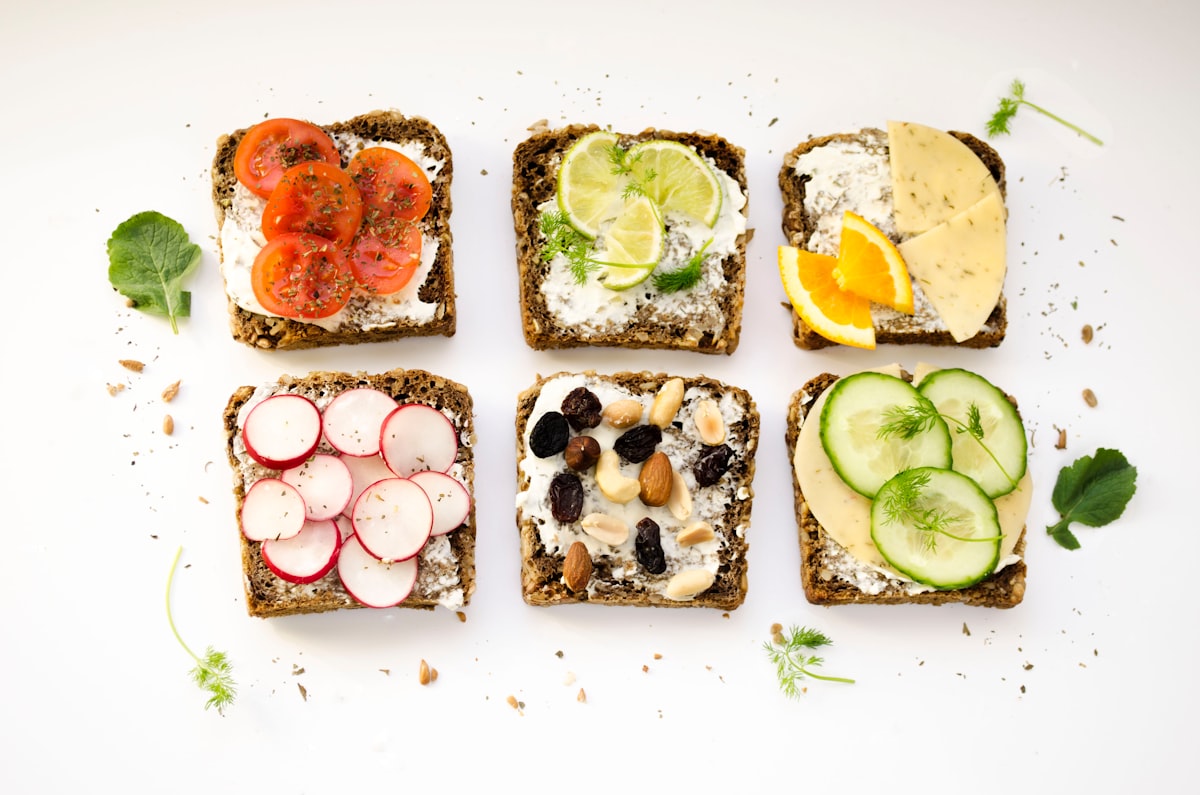How does food change during the menstrual cycle?
Changes that occur during this period are subject to a myriad of situations related to reproductive health, so this writing is intended to reflect the importance of healthy nutrition during the menstrual period.

Changes in nutrition during the menstrual cycle may be the result of the interference of female hormones in the taste and preference of women for certain foods during this period. The variations that occur during this period are subject to a myriad of situations related to reproductive health, so this article is intended to reflect the importance of healthy nutrition during the menstrual period.
The female menstrual cycle lasts approximately 28 days and depends on several hormones. Menstruation is the process that prepares a woman's uterus for pregnancy month after month. During this period, a series of physiological changes occur that intervene in metabolic processes such as solid bone formation, fat metabolism, energy conservation, etc.
The phases of the menstrual cycle
Menstruation, whose period comprises the shedding of the inner layer of the uterus and where estrogen and progesterone levels are low. The follicular phase corresponds from the first day of the menstrual period until ovulation; at this stage estrogen levels increase and the ovary prepares to release an egg. Ovulation occurs when the egg is released into the ovary in the middle of the cycle. Estrogen levels peak just before this occurs and decrease shortly thereafter. In the luteal or premenstrual phase, which is the time between ovulation and the onset of the next menstruation; the body prepares for a possible pregnancy, progesterone levels increase and decrease thereafter. In the secretory phase, here the uterine lining will either help a pregnancy or not and will be ready for a new cycle of shedding in the form of menstruation.
About 80% of women suffer from dysmenorrhea, also called uterine pain or, colloquially, "menstrual cramps", in the days before or during menstruation. It usually intensifies the day after menstruation begins and can last for two to three days. Possible symptoms and signs in women who menstruate regularly may include irritability, insomnia, acne, bloating, headache, fatigue, intestinal transit problems, nausea, and polyuria (increased sensation of wanting to urinate). These symptoms can have repercussions on school and work absences and social isolation in approximately 10% of women.
Several studies indicate that there are changes in food consumption during the menstrual period. For example, in young women of childbearing age who were followed for three months, a decrease in protein intake before menstruation was observed, while the intake of minerals such as potassium, calcium, and magnesium was below the recommendations. However, sodium intake increased, mainly because salt intake increased. Also, the volunteers showed less sensitivity to sour taste. The findings indicate that the menstrual cycle changed the perception of sour taste, which may affect food choices in the luteal phase, and suggest that hormones are involved that may influence taste perception, controlling the consumption of certain foods.
In healthy women aged 18-44 years with regular menses who were followed for up to two menstrual cycles, total protein, and animal protein were found to be higher during the mid-luteal phase compared to the pre-ovulatory phase. There were also significant increases in appetite, craving for chocolate and sweets in general, as well as attraction to salty taste during the late luteal or premenstrual phase, compared to the menstrual, follicular, and ovulatory phases.
It was also observed in women aged 18-30 years that energy intakes were lower in the menstrual phase compared to the premenstrual phase, but not in the postmenstrual phase. Carbohydrate, protein, and fat intakes were higher in the premenstrual phase. Similarly, intakes of vitamin C and vitamin B were higher in the premenstrual phase. In conclusion, it was observed that energy and nutrient intakes varied during the different phases of the menstrual cycle. These results confirm the hypothesis that food intake differs between the different phases of the menstrual cycle.
In general, it has been found that in the luteal or premenstrual phase there is a greater stimulus to consume calories from sweets and increased appetite. It has been observed that an appropriate selection of foods complemented with lifestyle changes could reduce some premenstrual symptoms. A balanced, varied diet, rich in vegetables such as fruits, vegetables, vegetables, whole grains, legumes, and low in saturated fat -of animal origin- will help women's health.
Recommendations for healthy eating during the menstrual cycle
Reduce fat consumption: lard, butter, margarine, and oil. Decrease of estrogens. Decrease of pain.
Increase consumption of "good" fatty acids: tuna, trout, salmon, sardines. Decrease in abdominal pain. Decrease in breast tenderness.
Consume B vitamins related to serotonin: whole grains, legumes, meat, fish, milk, and dairy products (yogurt, cheese, jocoque). Counteracts irritability. Decrease of abdominal pain.
Consume iron: red meat, liver, and green vegetables. Decreased risk of anemia. Decrease in the feeling of tiredness.
Consume animal protein: chicken, fish, and low-fat cheese. Muscle and bone maintenance. Improvement in general health.
To favor the absorption of iron and minerals: nuts (pistachios, almonds, walnuts). Decreased risk of anemia. Decrease in the feeling of tiredness.
Consume zinc: oysters, red meat, poultry, seafood such as crab and lobster, fortified breakfast cereals, whole grain cereals, dairy products, beans, nuts. Possible correction of irregular periods, as these may be caused by zinc deficiency. Improvement in general health.
Promote iron and mineral intake: green leafy vegetables, e.g. spinach, chard, cabbage, watercress. Decrease the risk of anemia and promote bowel movements. Decrease in the feeling of tiredness.
Promote the absorption of vegetable iron: limes, lemons, oranges, tangerines. Decrease in the risk of anemia. Decrease of tiredness sensation.
Consumption of almonds, banana, kiwi, brown rice, sunflower seeds, chickpea and spinach, lettuce. Decrease of menstrual migraine. Promoting bowel movement.
Consume fiber present in whole grains (rice, oats, lentils, whole beans), fruits, and vegetables (pear, apple, carrot, beet, and celery). Promote the elimination of estrogen. Pain relief.
Suggestions and recommendations for the pre-and post-menstrual periods
Decrease or avoid toxic substances such as liquor, tobacco, and drugs, as well as stimulant beverages. Decrease of difficult menstruation and its discomfort. Pain relief and rest.
Decrease or eliminate intake of salt, sugar, caffeine, processed or ultra-processed (packaged) foods. Decrease of difficult menstruation and its discomfort. Pain relief and rest.
Manage body relaxation techniques. Reduction of uterine pain. Pain relief and rest.
Eating smaller amounts with shorter time intervals (4 to 5 meals a day). Decreased incidence of premenstrual symptoms. Pain relief and rest.
By María del Socorro Saucedo Tamayo, researcher of the Department of Public Nutrition and Health of the Nutrition Coordination of CIAD.




